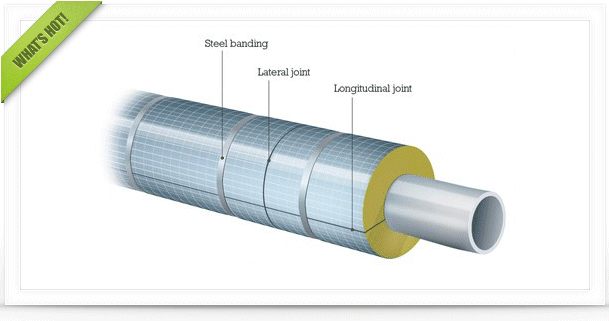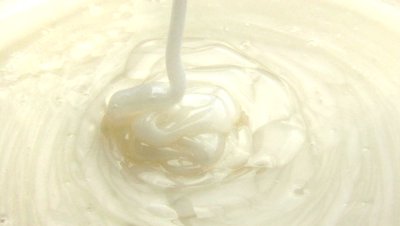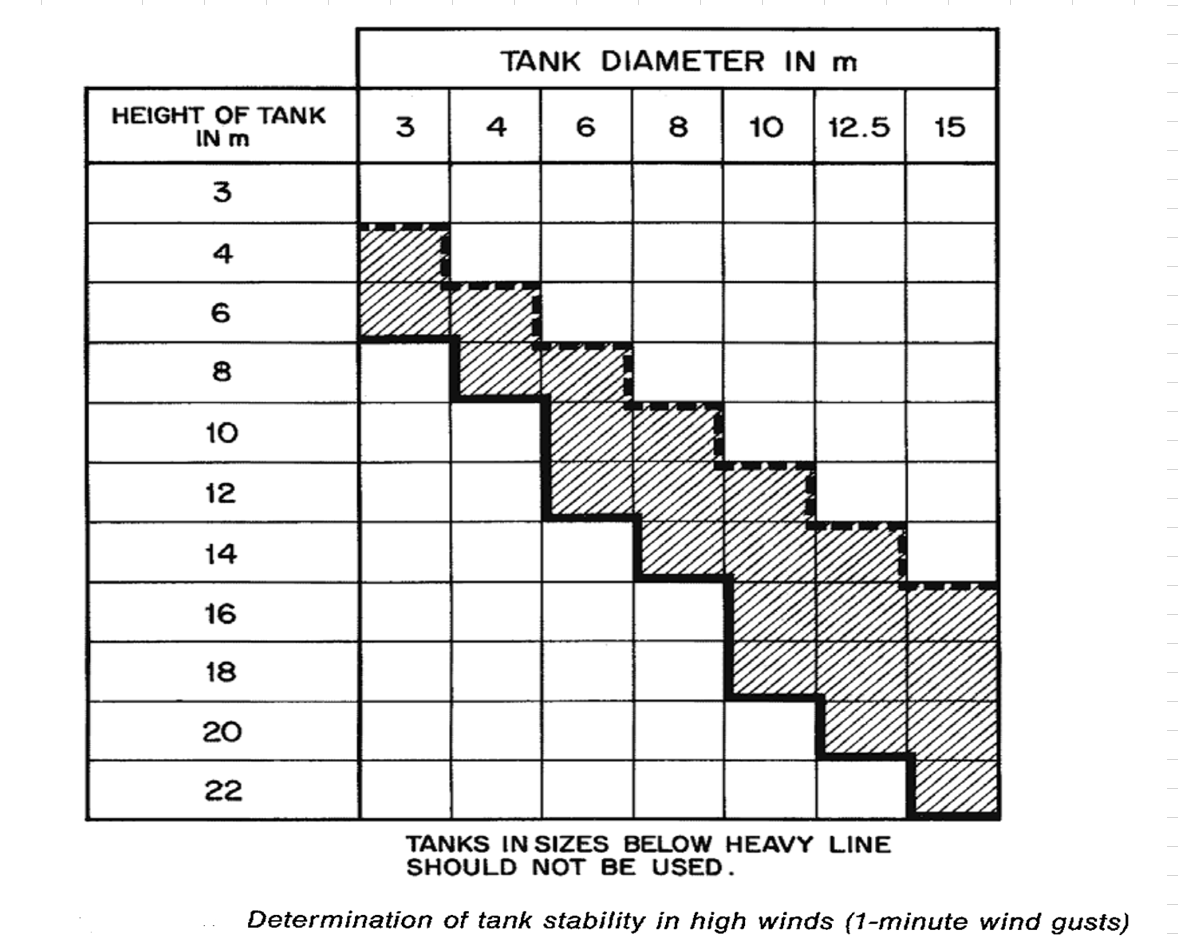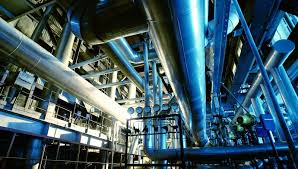Hi,
i am investigating compressor valve failures on a 2 stage reciprocating compressor. the Operating conditions are as follows:
Suc pr 1000 kPa, Interstage pressure = 2400 kPa, 2nd stage Discharge Pressure = 7000 kPa.
the failures are only at the discharge compressor valves of first stage. the valves in use are plate type MTX material. the failure mode identified by the vendor (COmpresor Valves' and COmpressor) is possible liquids.
The investigation so far shows that the inlet separator is grossly oversized for the current service so tendency of liquid carry over is low.
The gas has high quantities of C7 & C8+ (0.42 & 0.43 mole%)
the line between the inlet separator and the suction scrubber has a 30 meter long pocket with liquids in it. i managed to get one opened and checked and we got like 300 ml out of there. the other drain valves close to the suction scrubber is blocked and a high probability that there will be liquids sitting there!
the unit has two recycle valves, the 1st stage recycle starts downstream of the intercooler and upstream of the 2nd stage suction scrubber and comes to upstream of the 1st stage suction scrubber. discharges into the suction line within the pocket mentioend above. after passing through the intercooler the gas has some liquids which are dumped in the suction line.
the recycle valve is always in use as we donot have enough gas to continue running the compressor without help from recycle to maintain the suction pressure. we cannot drop the suction pressures from upstream compressors' limitations.
Questions:
1- I think the liquids sitting in the pocket will go into the scrubber in form of slugs however the 1st stage suction scrubber is doing fine as it drain cycle is once in 4 days! ...... i may be wrong with this assumption but i need help here to convince me that i am wrong!
2- the demister pad effeciency isa question mark as the vendors mentioned that the gas enters the compressor in form of mist so suction valves are fine and on discharge stroke the gas compressor and these droplets come out and cause failures on the compressor valve inner rings which indicate a typical liquid carry over problem ....... but demister pad is there to stop that from happening? what do you think.
3- the phase envelope diagram shows that the gas is wet at the time it enters the suction scrubber however it would be the efficiency of the suction scrubber that would ensure that the gas is dry saturated before entering the compressor...... so i am confused... what to do next!
Fimmi
|
|
Compressor Valve Failures
Started by fimmi, Aug 04 2011 06:30 PM
1 reply to this topic
Share this topic:
#1

Posted 04 August 2011 - 06:30 PM
#2

Posted 04 August 2011 - 09:09 PM
Fimmi:
Please furnish us with a detailed, accurate, and legible PFD or P&ID (better) of your compressor system. Show all the separators, recycle valves, intercoolers, aftercoolers, etc. It is difficult to follow your written description of your process. A picture is worth a thousand words and I don’t understand why engineers prefer to waste away trying to write a process description when a simple diagram is faster, more accurate, and explains everything – if done correctly and with care.
For example, you state: “the line between the inlet separator and the suction scrubber has a 30 meter long pocket…..”. How can this be? You don’t even tell us WHAT inlet separator – is it the 1st stage separator, or the 2nd stage one? We can’t guess. Why would you have 30 meters of piping between what you call an inlet separator and a suction separator? The Suction separator is supposed to be the inlet separator to that stage. Do you have TWO SEPARATOR VESSELS in series before the 1st stage (or the 2nd stage)? An accurate sketch should resolve all the uncertainties in your thread.
Also, please give us ALL the technical information that you have at hand: the make of the compressor, the action of the cylinders, the rpm, the valve positions, the orientation, etc., and whether the pressures you cite are gauge or absolute (you should NEVER FAIL TO STATE WHICH pressure state you are referring to when dealing with gases or compressivle fluids. I need to know if your pressures are gauge or absolute in order to determine the compression ratios. You should already know that and should be specific in the pressure units you furnish. Give us ALL the stream conditions into and out of each stage – pressures and temperatures. Also, the composition of the gas streams. Also tell us if you have cooling jackets on the compressor cylinders.
What demister pads are you referring to? Please show all this clearly in your sketch. Your discharge valve failure is not described and you do not furnish any photos of the failures. I presume your valve plates are cracked. Furnish any clear and sharp photos that you have of the failures. Your indications of discharge valve failure are indicative of entrained liquids into your 1st stage cylinder. But we need more evidence.
Similar Topics
Purge Gas For Centrifugal CompressorStarted by Guest_Lyne_* , 19 Oct 2025 |
|

|
||
Real Or Ideal Cp/cv For Control Valve CalculationsStarted by Guest_sumwunrandom_* , 14 Oct 2025 |
|

|
||
Igv Control For CompressorStarted by Guest_Lyne_* , 30 Aug 2025 |
|

|
||
Centrifugal Compressor Performance Curves In Aspen HysesStarted by Guest_Rafcio_* , 14 Mar 2024 |
|

|
||
Centrifugal Compressor TroubleshootingStarted by Guest_sggifrance@gmail.com_* , 14 Sep 2025 |
|

|

 FB
FB







